
Preserve your favorite foods through every season with Real Food Fermentation. Control your own ingredients, techniques, and additives. Learn a practical food-preparation skill you’ll use again and again. And express yourself by making something unique and whole.Inside, you’ll find:—All the basics: the process, the tools, and how to get started—A guide to choosing the right ingredients—Sauerkraut and beyond—how to ferment vegetables, including slaw-style, pickles, and kimchi—How to
Real Food Fermentation: Preserving Whole Fresh Food with Live Cultures in Your Home Kitchen
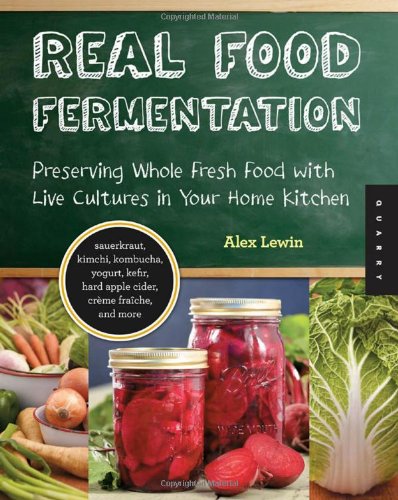




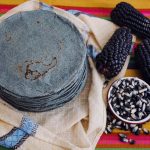




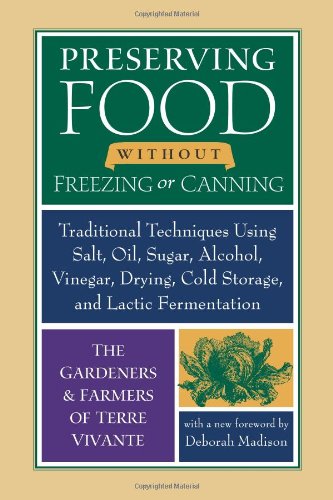
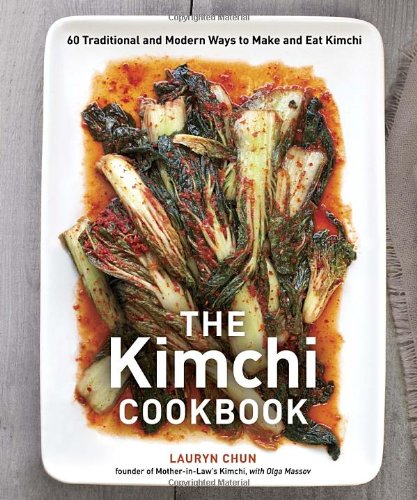

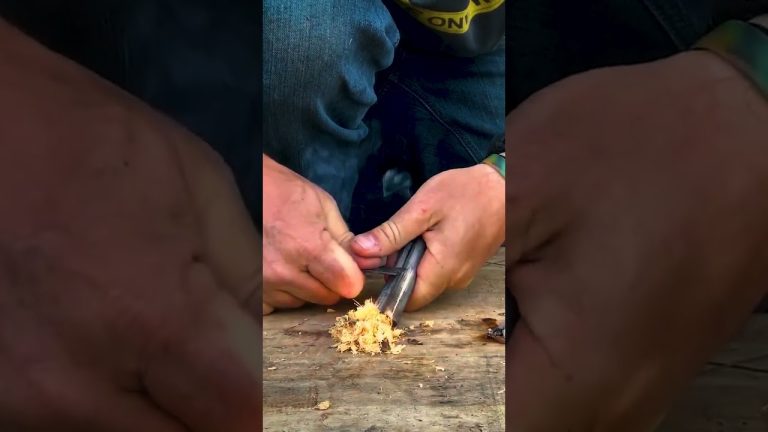

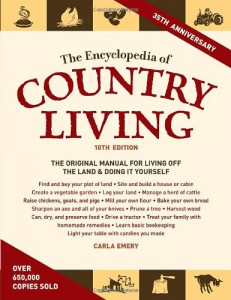

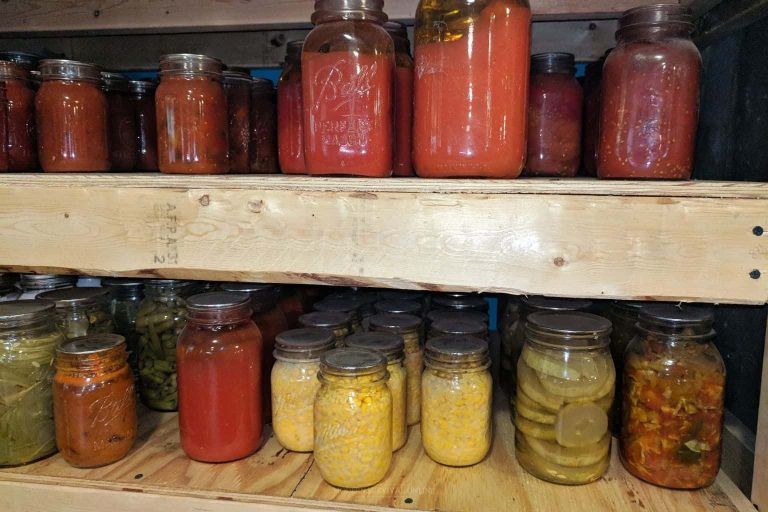

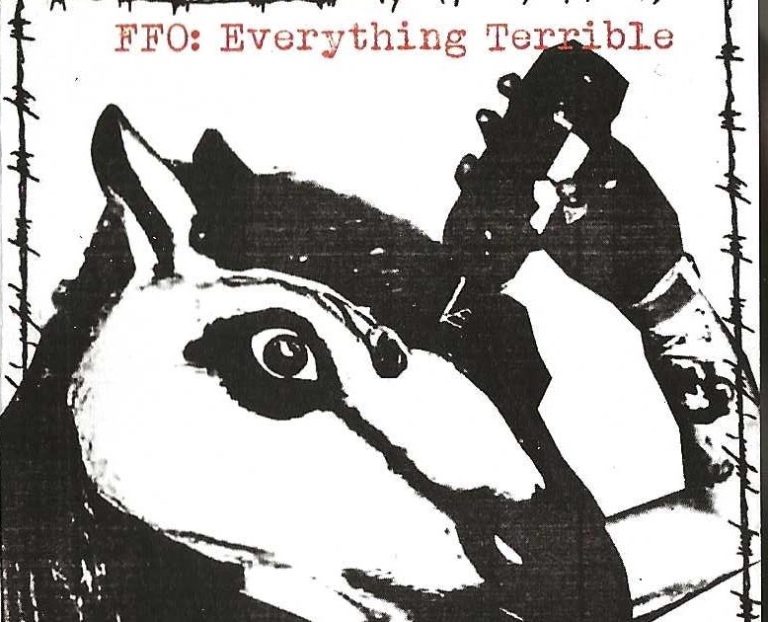
Limited Scope, Many Photographs, May Entice The Ferment-Wary,
I had not heard of this author before, so I did a bit of background research to find out more about him.
Alex Lewin is a software engineer, health coach, and ‘real food’ advocate who lives in Boston and San Francisco. He has a degree from Harvard in mathematics, has completed the Professional Chef Program at the Cambridge School of Culinary Arts, and has received training as a health coach at the Institute for Integrative Nutrition. He’s currently working for the crowdsourced video broadcasting startups Justin.tv and Twitch.tv and serving as vice president of the 501(c)(3) nonprofit Boston Public Market Association. Since 2009, he has run a ‘real food’ blog (feedmelikeyoumeanit dot com) and led workshops on food preservation. In addition to his blog, he is active on LinkedIn, Twitter, and Facebook; a Google search turns up advertisements for his workshops, articles highlighting his volunteer activities and food advocacy, and a few mentions of his sustainable technology hedge fund, Atlas Capital Investments, in which he is a partner along with Solar Revolution author Travis Bradford. In his blog bio, he lists Vandana Shiva, Kurt Vonnegut, Anthony Bourdain, Andrew Weil, Barry Sears, Dr. Weston A. Price, Sally Fallon, and Sandor Katz as important influences. He blacked out his blog in protest of SOPA and professes a preference for free and open-source software, so he’s obviously got his priorities in order.
Granted, you’re buying a copy of Lewin’s book and not a copy of Lewin himself. Hopefully, though, this information will help you understand this book – Lewin’s first – a little better.
The Introduction and Chapter 1 cover the basic concepts of food preservation and fermentation, ending with a reasonably detailed overview of the kitchen equipment you will most likely need to create this book’s recipes.
Lewin cares deeply where the food he’s fermenting has come from. Chapter 2 (“Know Your Ingredients,” 20 pages) is entirely devoted to the issue of Real Food, covering topics including food freshness and buying local. Instead of making a blanket declaration that organic produce is always superior, Lewin advocates that consumers open a dialog with food producers to really understand where their food comes from. While this might be possible in a farmer’s market, he concedes that it is not always practical. I like the vision he has for a better world, but I also appreciate that he is realistic.
The recipes themselves fill out the remaining 110 pages. Chapters are devoted to sauerkraut, vegetables, dairy, fruits, beverages, and meat. Unlike Sandor Katz, Lewin makes no attempt to be comprehensive: beer, wine, soy (soy sauce, tempeh, natto, and miso), and even bread receive only a few short words of description and do not include recipes. Strategically, I think this makes sense – Wild Fermentation and The Art of Fermentation already exist, and there is no point in duplicating them. Instead, Lewin has presented a small number of very well tested recipes in such a way that even the most inexperienced and conservative in the kitchen might be enticed to try them out.
Covered in detail: sauerkraut; root and other vegetables; Caroline-style slaw; cucumber pickles; kimchi, yogurt; strained yogurt and whey; kefir; creme fraiche; butter and buttermilk; preserved lemons and limes; peach and plum chutney; pico de gallo; hard apple cider; mead; kombucha; vinegar; ginger ale; corned beef.
In contrast to the often rather vague ‘recipes’ in Katz’ seminal works, these are laid out much more like they would be in a traditional cookbook: each recipe includes a quantitative ingredient list followed by very explicit instructions and many, many photographs.
Ahhh, the photographs! – they are rather gratuitous. In the sauerkraut recipe, for instance, an entire page is devoted to six full-color photographs and 100 words illustrating how to chop a bell pepper. One half of the surface area of pages 70-71 are images of, variously: water being poured into a Mason jar; a root vegetable being coined; salt pouring from a bowl into some water; and a food processor. While some of these images – for instance, an illustration on page 60 entitled ‘The Evolution of Sauerkraut’ that shows how the colors change as fermentation progresses – are quite helpful, nine out of every ten serve more to titillate than to educate. This is food porn, and in his blog Lewin is unapologetic:
“There are…
Read more
Was this review helpful to you?

|Amazing book! Just what I was looking for.,
I love this book. The author goes into great detail about fermenting foods step by step. There are a lot of pictures to follow. I love the recipes in here. There’s lots of information on the scientific process of fermenting foods. He goes into which fruits and vegetables to use and what processes you can use. I have been looking for a book that goes into more recipes than other fermenting books out there and this one is definitely it. I would recommend this for beginners and experienced people that like to ferment their food.
Was this review helpful to you?

|fermentation book,
I have really been enjoying this book i am learning so much. I have been fermenting and canning for several years and this is the most useful book i have had so far
Was this review helpful to you?

|